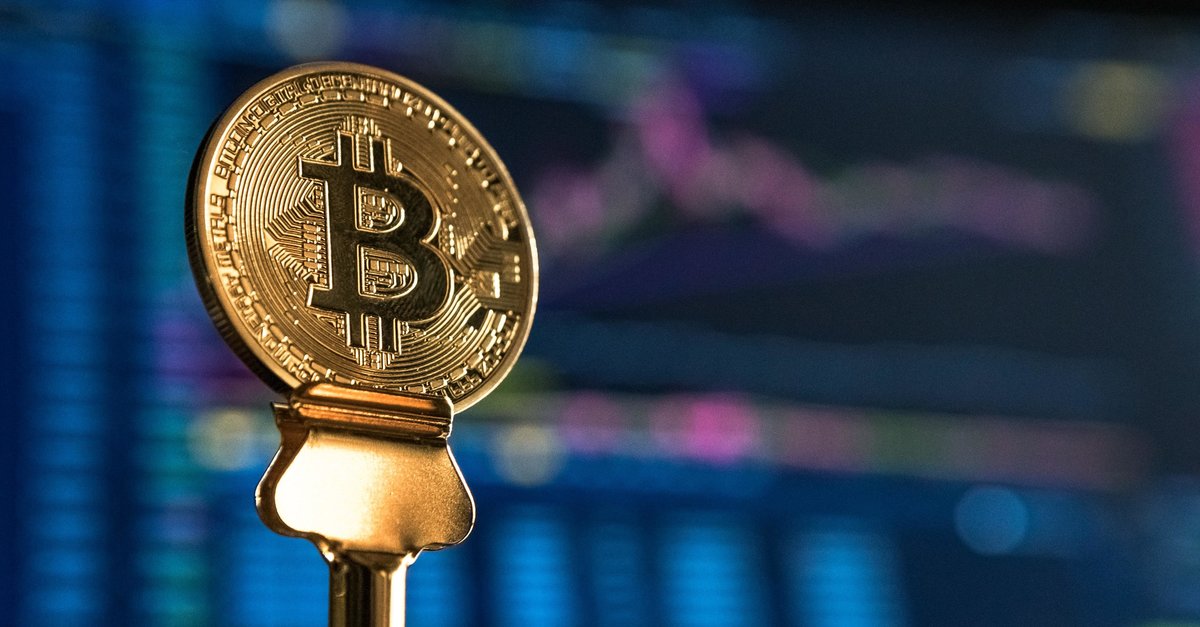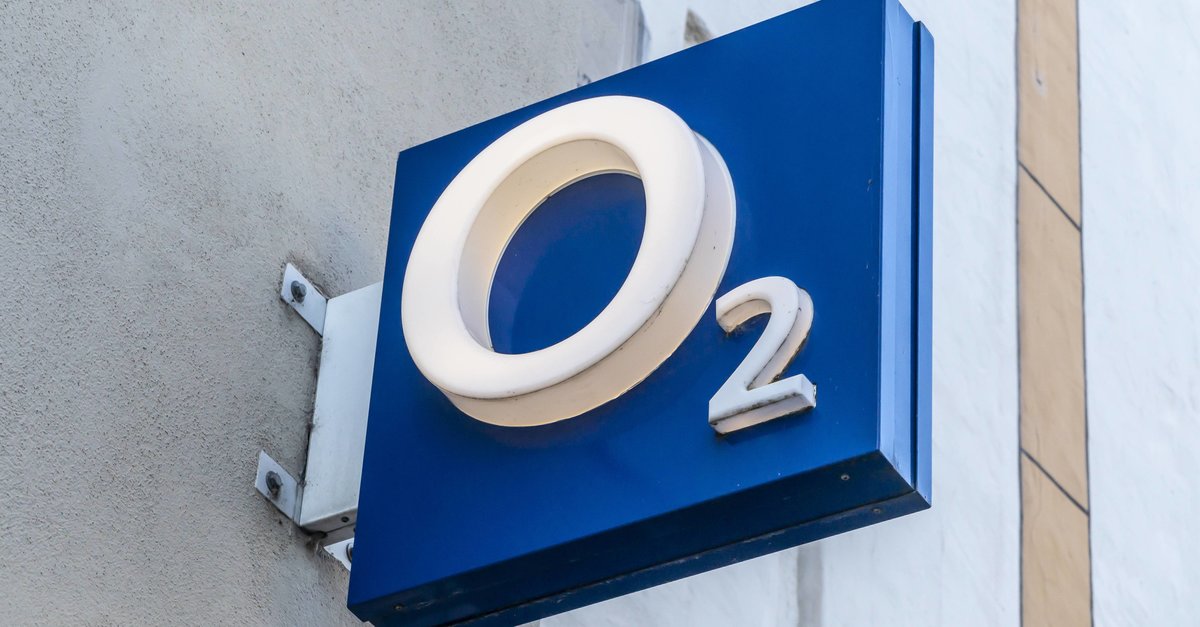I saved so much money with the mini solar system
In June 2021 I put my mini solar system into operation and since then I have been producing energy with the help of the sun, which I use directly in my apartment and therefore do not have to pay for. I’ll tell you now how much energy I’ve produced over the past 12 months, used it myself and really saved money. From 2023, a mini solar system will be even more worthwhile.
Contents
Mini solar system: Over 1 year balcony power plant
A plug-in mini solar system is an easy way to produce your own energy that you use directly. If you produce more, you will not be compensated for this, as simplified approval applies to such systems. I have summarized what needs to be considered here. But how much energy has my 600 watt system actually produced in the last 12 months and how much money did I save in the end? Let’s look at the Yield of the last 12 months at.
Since I have a FritzBox, I used the AVM FRITZ!DECT 210 smart outdoor socket (see Amazon) to measure the energy flow. It then looks like this:
The individual months at a glance
- February 2022: 15 kWh
- March 2022: 43 kWh
- April 2022: 62 kWh
- May 2022: 67 kWh
- June 2022: 71 kWh
- July 2022: 64 kWh
- August 2022: 67 kWh
- September 2022: 45kWh
- October 2022: 33 kWh
- November 2022: 14kWh
- December 2022: 7 kWh
- January 2023: 12 kWh
- In total: 500kWh
Of the 500 kWh that my balcony power plant produced, I have effectively consumes 355 kWh. I didn’t use 145 kWh and gave it to my grid operator. You can use the 2-way electricity meter to see how much energy you have fed into the grid. You don’t get any compensation for this with a mini solar system. Make a note of the data each month so that you can carry out an exact calculation.
I really saved that much money
A kWh cost me around 30 cents in 2022, from 2023 it will be 40 cents. So I have 108 euros saved on electricity costs. My system cost 800 euros. After a little less than eight years, the system would have paid for itself and, with a service life of around 25 years, would continue to produce electricity free of charge for another 17 years.
2023 is even more lucrative
While I still paid around 30 cents per kWh in 2022, my electricity price will rise to 40 cents per kWh from January 2023. So if I can use around 350 kWh of the energy I produce myself again in 2023, I’ll save significantly more money at 140 euros. The system would pay for itself in less than 6 years.
Since the sales tax on balcony power plants will no longer apply in 2023 and you will therefore have lower acquisition costs, a 600-euro system could pay for itself after just 4 years. If you then get local funding, where up to 500 euros are subsidized in some cases, the purchase could pay off after just one year. Either way, a balcony power plant is a good investment.
What you need to know about balcony power plants:
Important details about my solar system
From June 2021 to March 2022, my solar system was on the ground and was often in the shade. Since I hung up the solar panels, the yield has been much better since April 2022. From October to February, the sun doesn’t shine enough to produce much energy. Nevertheless, in January 2023 I noticed that the yield had increased significantly from 5 to 12 kWh, even though the sun was low in the sky and there was a large tree in my way, whose shadow fell on the solar panels from around 3 p.m. So if you don’t have any shadows, you can make even better use of the hours of sunshine.
This is the most important lesson for me: It is extremely important to align the balcony power station properly. The more sun you capture and then actually use the energy, the more worthwhile such a system is. But even if the conditions are not as ideal as mine, a plug-in mini solar system is worthwhile. You just have to have the (right) place for it.



